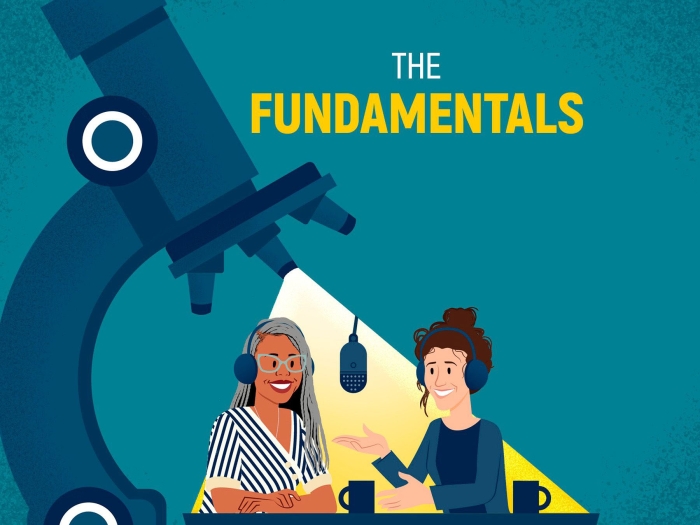
Picture the United States struggling to deal with a deadly pandemic.
State and local officials enact a slate of social-distancing measures, gathering bans, closure orders, and mask mandates in an effort to stem the tide of cases and deaths.
The public responds with widespread compliance mixed with more than a hint of grumbling, pushback, and even outright defiance. As the days turn into weeks turn into months, the strictures become harder to tolerate.
Theater and dance hall owners complain about their financial losses.
Clergy bemoan church closures while offices, factories, and in some cases even saloons are allowed to remain open.
Officials argue whether children are safer in classrooms or at home.
Many citizens refuse to don face masks while in public, some complaining that they're uncomfortable and others arguing that the government has no right to infringe on their civil liberties.
As familiar as it all may sound in 2021, these are descriptions of the U.S. during the deadly 1918 influenza pandemic. In my research as a historian of medicine, I've seen again and again the many ways our current pandemic has mirrored the one experienced by our forebears a century ago.
Many people want to know when life will go back to how it was before the COVID-19 pandemic. History isn't an exact template for what the future holds. But the way Americans emerged from the earlier pandemic could suggest what post-pandemic life will be like this time around.
Sick and tired, ready for pandemic's end
Like COVID-19, the 1918 influenza pandemic hit hard and fast, going from a handful of reported cases in a few cities to a nationwide outbreak within a few weeks. Many communities issued several rounds of various closure orders in an attempt to keep the disease in check.
These social-distancing orders worked to reduce cases and deaths. Just as today, however, they often proved difficult to maintain. By the late autumn, just weeks after the social-distancing orders went into effect, the pandemic seemed to be coming to an end as the number of new infections declined.
People clamored to return to their normal lives. Businesses pressed officials to be allowed to reopen. Believing the pandemic was over, state and local authorities began rescinding public health edicts. The nation turned its efforts to addressing the devastation influenza had wrought.
The vast majority of Americans, taking their cues from officials who had prematurely declared an end to the pandemic, hurried to return to their pre-pandemic routines. They packed into movie theaters and dance halls, crowded in stores and shops, and gathered with friends and family.
Officials had warned the nation that cases and deaths likely would continue for months to come. The burden of public health, however, now rested not on policy but rather on individual responsibility.
Predictably, the pandemic wore on, stretching into a third deadly wave that lasted through the spring of 1919, with a fourth wave hitting in the winter of 1920. The nation carried on, inured to the toll the pandemic had taken and the deaths yet to come. People were largely unwilling to return to socially and economically disruptive public health measures.
It's hard to hang in there
Our predecessors might be forgiven for not staying the course longer. First, the nation was eager to celebrate the recent end of World War I. Second, death from disease was a much larger part of life in the early 20th century, and scourges such as diphtheria, measles, tuberculosis, typhoid, whooping cough, scarlet fever, and pneumonia each routinely killed tens of thousands of Americans every year. Finally, there were no effective flu vaccines to rescue the world from the ravages of the disease.
If we have anything to learn from the history of the 1918 influenza pandemic, as well as our experience thus far with COVID-19, however, it is that a premature return to pre-pandemic life risks more cases and more deaths.
And today's Americans have significant advantages over those of a century ago. We have a much better understanding of virology and epidemiology. We know that social distancing and masking work to help save lives. Most critically, we have multiple safe and effective vaccines that are being deployed.
Sticking with all these coronavirus-fighting factors or easing off on them could mean the difference between a new disease surge and a quicker end to the pandemic.
This article is republished from The Conversation under a Creative Commons license. Read the original article. J. Alexander Navarro, Ph.D., is assistant director of the Center for the History of Medicine at the U-M Medical School.





